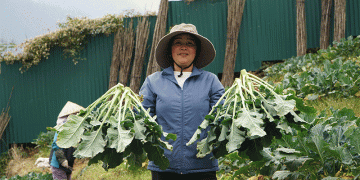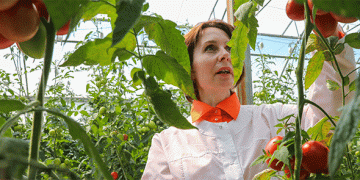The foundation of maintaining vegetables’ nutritional integrity starts with freshness. According to Sylvia Casares, a nutritionist and restaurateur from Houston, one of the first steps to preserving the nutrition and texture of green vegetables is proper storage. She suggests washing and drying vegetables thoroughly before wrapping them in paper towels and placing them in the refrigerator. This method not only helps maintain their texture but also slows down the loss of nutrients, allowing them to remain fresh longer.
Quick Cooking is Key
Another critical factor in retaining both the color and nutrients of vegetables is minimizing cooking time. Overcooking can break down sensitive vitamins like vitamin C, folate, and various antioxidants. To preserve these beneficial compounds, it’s best to cook vegetables quickly, ensuring they retain their vibrant green color and texture.
A recent study from the University of Illinois found that steaming vegetables for a short time rather than boiling them can help maintain higher levels of vitamin C, carotenoids, and other nutrients. Additionally, using lower heat settings during cooking ensures that vegetables aren’t exposed to unnecessary heat for extended periods, which could lead to nutrient loss.
Preserving Color During Cooking
Maintaining the vivid green color of vegetables is a common challenge during cooking, particularly when boiling. To prevent the loss of color, experts suggest adding a pinch of baking soda to the water. This small addition helps neutralize the acidity in the water and preserves the green pigment (chlorophyll) in the vegetables. However, it’s crucial not to use too much baking soda, as excess can cause vegetables to become overly soft and mushy, potentially affecting their texture.
Recent research from the Institute of Food Technologists (IFT) highlights that while baking soda can preserve the color of vegetables, the amount used should be minimal—just a pinch will do. Overuse can lead to undesirable changes in flavor and texture, so it’s essential to strike the right balance.
In conclusion, preserving the nutritional value and appearance of vegetables in winter requires attention to both storage and cooking methods. By storing fresh vegetables properly, cooking them quickly, and using small amounts of baking soda during boiling, farmers, agronomists, and food experts can ensure that vegetables retain their maximum benefits. As we move through the winter season, it’s important to prioritize these practices to maintain the health benefits of the vegetables we enjoy.































